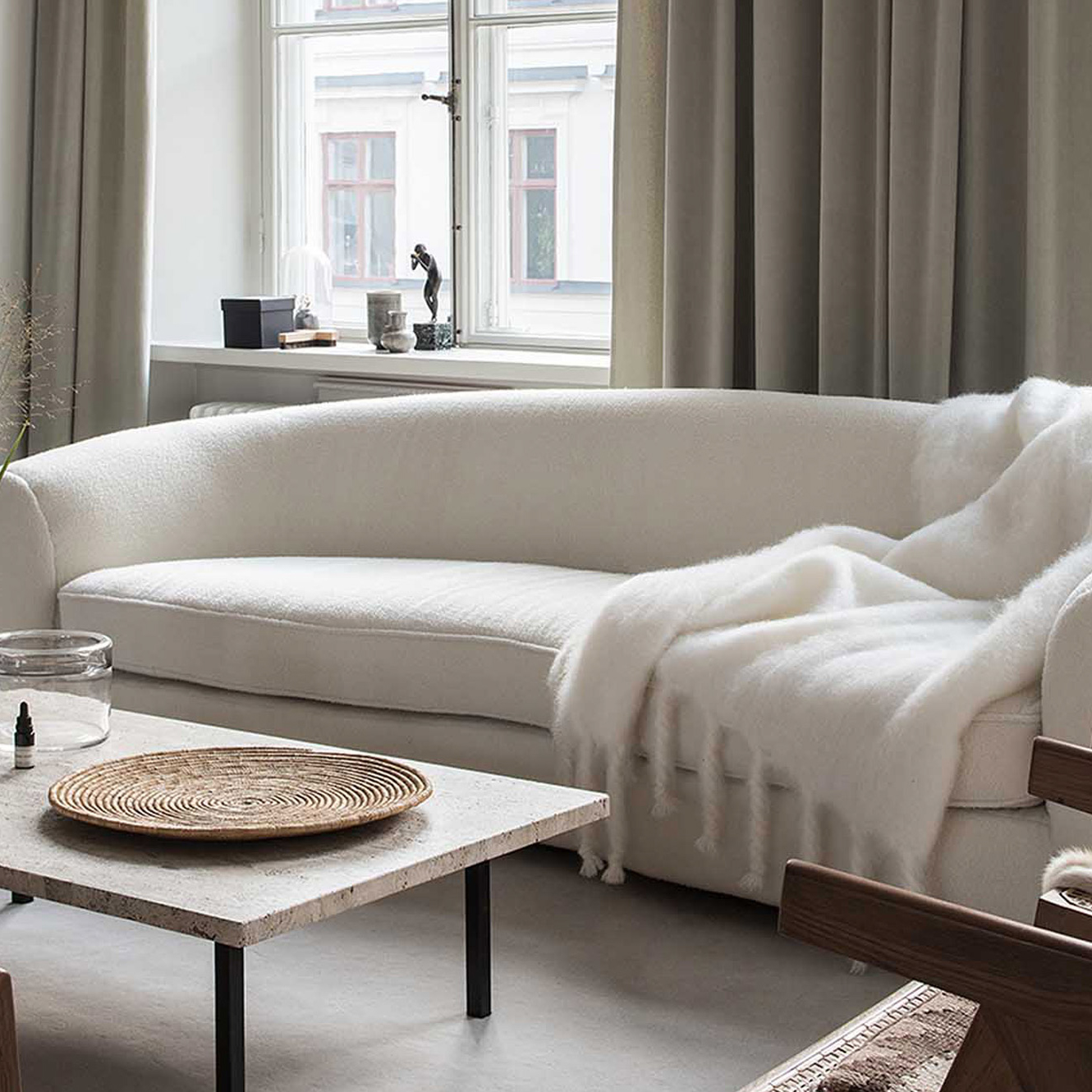Introduction
When it comes to interior design and home decor, lighting plays an integral role. It not only provides illumination to a space, but it also sets the tone and mood of the room. One type of lighting that has gained increasing popularity in recent years is the ring pendant light. This hanging light fixture brings a touch of elegance and modernity to any interior design. In this article, we will take a closer look at the allure of the ring pendant light, its history, design, and installation.
The History of Ring Pendant Lights
Ring pendant lights are a modern interpretation of the traditional chandelier. Chandeliers have been used since the Middle Ages to light grand palaces and mansions, with crystal and brass being the materials of choice. However, by the early 20th century, with the advent of electric lighting, chandeliers evolved into new forms, such as pendant lights, which were hung from the ceiling by a cord or chain.
Ring pendant lights came into existence in the 1950s, during the mid-century modern era. Pioneered by designers such as Louis Poulsen and Poul Henningsen, these lights featured a circular ring that supported the light source, often a diffused shade. These lights were popular in commercial spaces, such as offices, restaurants, and hotels, but they eventually made their way into homes, where they were especially favored in dining rooms and living rooms.
Design
Ring pendant lights come in various sizes, shapes, and finishes. The ring itself can be made of metal, wood, or even acrylic. Some rings are solid, while others are open and allow for a more diffused and indirect lighting effect. The light source can be positioned on the inside or outside of the ring, depending on the desired effect.
One of the main design features of ring pendant lights is the shade. The shade can be made of glass, fabric, or even paper, and it can be clear, frosted, or colored. The shade serves to soften the light and diffuse it, creating a more inviting and cozy atmosphere.
Ring pendant lights can also be designed as clusters or arrangements, where multiple rings of varying sizes are hung together in a sculptural way, forming a striking centerpiece in the room.
Installation
Installing a ring pendant light requires some planning and preparation. The first step is to choose the location of the light fixture. Ring pendant lights work well in spaces with high ceilings, such as foyers, stairwells, and vaulted living rooms.
Next, you need to select the appropriate size of the ring pendant light. A general rule of thumb is to choose a light fixture that is proportional to the size of the room. For example, a small pendant light would be suitable for a cozy bedroom or an intimate dining room, while a larger fixture would work better in a spacious living area or foyer.
Once you have selected the size and location of the light fixture, you need to install the mounting hardware, which typically consists of a ceiling plate, screws, and a chain or rod. It is important to check the weight capacity of the hardware to ensure that it can support the weight of the light fixture.
Lastly, you need to wire the light fixture and hang it from the ceiling. It is important to hire a licensed electrician to do this, especially if you are not familiar with electrical wiring.

